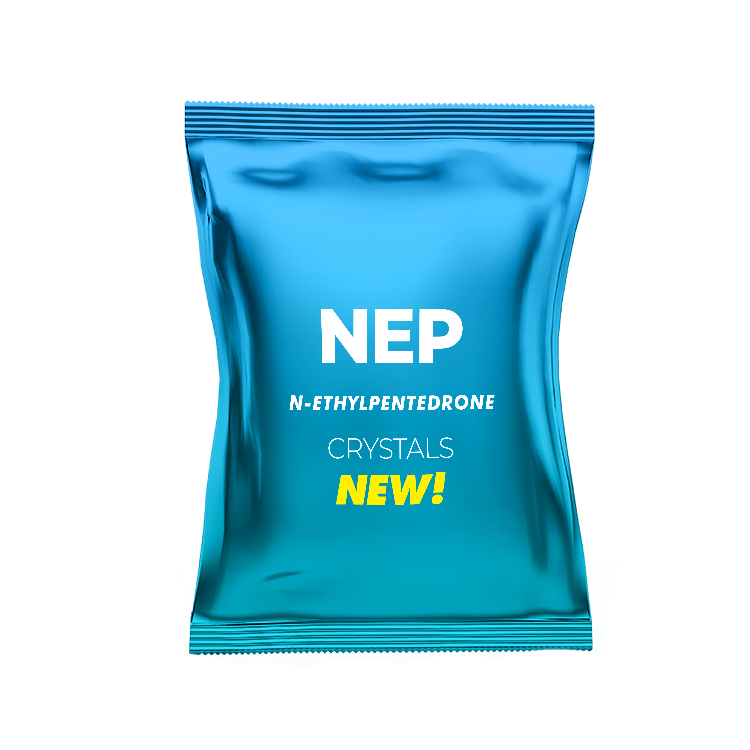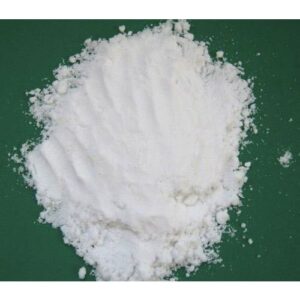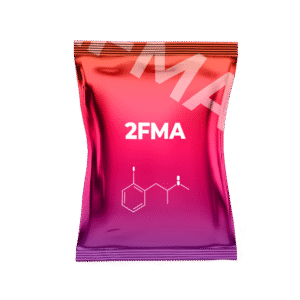Buy N-Ethylpentedrone (NEP)
N-Ethylpentedrone (NEP) – Research-Grade Stimulant | High-Purity Analytical Standard
N-Ethylpentedrone (NEP) is a research-grade substituted cathinone widely utilized in analytical chemistry, forensic toxicology, receptor-binding exploration, and pharmacological modelling. As a structurally distinct analogue within the cathinone family, NEP is valued for its transport affinity profile, predictable stability, and crystalline purity, making it suitable for advanced laboratory analysis.
This compound is intended exclusively for:
-
Scientific research
-
Forensic applications
-
Chemical analysis
-
Controlled laboratory experiments
Not for human consumption.
What Is N-Ethylpentedrone (NEP)?
N-Ethylpentedrone (shortened to NEP) is a synthetic stimulant belonging to the β-keto phenethylamine class. It is chemically defined by the addition of an ethyl group on the nitrogen atom, producing altered transporter interactions compared to related compounds such as pentedrone or N-ethylhexedrone.
NEP is commonly studied for:
-
Monoamine transporter activity (DAT, NAT, SERT)
-
Structure–activity relationship (SAR) comparisons
-
Metabolic pathway mapping
-
Toxicology profiling and forensic identification
-
Behavioral pharmacology modeling
Its consistent crystalline form allows accurate dosing, reproducibility, and precise chromatographic identification.
Primary Areas of Study
-
Psychostimulant neurochemistry
-
Reuptake inhibition profiles
-
Transporter selectivity
-
Thermal stability & degradation analysis
-
GC-MS / LC-MS spectral identification
NEP is widely referenced in forensic casework, chemical reference libraries, and stimulant-class comparative studies.
Product Specifications
| Attribute | Details |
|---|---|
| Chemical Name | N-Ethylpentedrone |
| Abbreviation | NEP / N-Ethylpentedrone HCl |
| Class | Synthetic cathinone stimulant |
| Formula | C14H21NO • HCl |
| Appearance | Crystalline powder |
| Purity | High research-grade |
| Classification | Laboratory use only |
NEP Research Chemical
NEP is extensively used in controlled laboratory environments to analyze monoamine reuptake inhibition, stimulant-class response, and cathinone analogue behavior.
N-Ethylpentedrone Crystals
Crystalline NEP allows high precision in chromatographic separation, spectral identification, and chemical purity testing.
NEP Stimulant Analogue
NEP’s stimulant-like characteristics make it essential for neurochemical and pharmacodynamic modeling in laboratory settings.
❓ FAQ
What is a NEP – N-Ethylpentedrone?
N-Ethylpentedrone (NEP) is a synthetic substituted cathinone containing an N-ethyl group on the pentedrone backbone. It is used in laboratory settings to study transport affinity, stimulant activity, and structural comparisons within the cathinone class.
What does NEP stand for in drugs?
NEP stands for N-Ethylpentedrone, referring to the ethylated nitrogen on the pentedrone molecule.
Is NEP a cathinone?
Yes. NEP belongs to the synthetic cathinone family, characterized by a β-keto structure and stimulant-like properties in research models.
What are the effects of N-Ethylhexedrone?
N-Ethylhexedrone is a structurally related stimulant research compound, often compared to NEP for its dopamine and norepinephrine transporter interactions, differing primarily in its extended alkyl chain.
N-Ethylpentedrone (NEP) Side Effects (Research Context)
In research environments, NEP studies examine:
-
Monoaminergic stimulation
-
Cardiovascular stress markers
-
Hyperactivity models
-
Neurochemical release patterns
All findings relate to controlled laboratory settings, not human use.
N-Ethylpentedrone (NEP) Uses
NEP is used for:
-
Forensic analysis
-
Analytical method validation
-
Structural comparison
-
Neurochemical binding studies
-
Stimulant-class toxicology modeling
NEP Drug Effects (Scientific Context)
Scientific studies focus on NEP’s:
-
Reuptake inhibition properties
-
Behavioral stimulation models
-
CNS transporter interactions
-
Metabolic breakdown products
N-Ethylpentedrone Synthesis
NEP synthesis involves laboratory chemical processes combining β-keto phenethylamine precursors with controlled alkylation steps.
This process should only be conducted by certified chemical professionals.
N-Ethylpentedrone Effects (Laboratory Observations)
Research often identifies:
-
Dopaminergic activity
-
Adrenergic system stimulation
-
Short-to-moderate duration profiles
These are lab observations, not human reports.
N-Ethylpentedrone Hydrochloride
The HCl salt form offers optimal stability, solubility, and analytical reproducibility for chemical research.
N-Ethylpentedrone PsychonautWiki
PsychonautWiki contains anecdotal material, not scientific data.
Laboratories rely on peer-reviewed studies, analytical reports, and forensic documentation.
NEP Drug Wiki
Wiki summaries offer basic descriptions, but serious research depends on verified chemical databases, GC-MS libraries, and scholarly publications.






